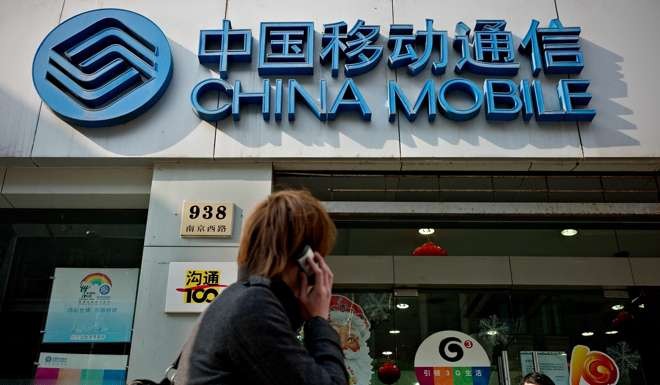
China’s telecoms operators face ‘high capital spending’ under nation’s 13th Five-Year Plan

China’s aggressive target to become a world-leading “digital country” by 2020 may entail a significant increase in capital spending and accelerated infrastructure roll-out for its three major telecommunications network operators over the next few years.
A “stubbornly high capital expenditure” scenario for China Mobile, China Unicom and China Telecom is forecast under the “informatisation” efforts of the 13th Five-Year Plan, according to a Jefferies research note on Tuesday.
Citing a new, 26-page report of that plan published by the State Council last week, Jefferies equity analyst Edison Lee said telecommunications services will be used to spur growth in the overall economy and improve government efficiency.
“It states clearly in the plan that the promotion of high-speed internet, big data, cloud computing and Internet of Things aims to help upgrade China’s manufacturing capabilities, agricultural sector, medical services, environmental efforts and even the government’s ability to govern,” Lee said.
The term “informatisation” refers to the extent by which a geographic area or economy is becoming information-based through the areas of telecommunications, media and technology, also known as “TMT” by international investors.
Lee said China’s goal to develop into one of the world’s leading digital countries would need “a very high level of internet usage by the general public in every aspect of life, intensive use of information technology by various industries, and extensive offerings of online and electronic services by the government”.
A study published by Accenture last year identified the United States as “the world’s most digital economy, with existing digital investments accounting for 33 per cent of its [gross domestic product]”.
It said the digital economy in other markets varies from more than 30 per cent in Britain and Australia to 13 per cent in China.
Mark Knickrehm, the chief executive at Accenture Strategy, a unit of global consultancy Accenture, said that both businesses and governments looked to digital “to secure faster growth amid an uncertain global economic outlook”.

The plan did not mention 4G mobile data speed targets possibly because “the data speed increase will mainly come from the roll-out of 5G networks, which should be able to offer 10 times faster data speed”, Lee said.
He pointed out that China Mobile, Unicom and China Telecom “will likely be under pressure to roll out 5G networks early and in a large scale”. Their 5G trials are supposed to start in 2018.
Those three telecommunications network operators are also expected to support Beijing’s One Belt, One Road initiative by constructing so-called telecommunications hubs.
The trade strategy that President Xi Jinping unveiled in 2013 comprises the New Silk Road Economic Belt connecting China with Europe overland and the Maritime Silk Road that links the mainland to the countries in Southeast Asia, Africa and Europe.
Lee said there are two key elements in the 13th Five-Year Plan which would support that initiative.
The plan has set out the joint construction of fibre-optic networks in the Guangxi Zhuang and Ningxia Hui autonomous regions with the neighbouring countries on the trade routes from those two locations. Other facilities, such as data centres, and platforms to promote technological cooperation and e-commerce will also be jointly developed.
The second element is the North Star Project, which involves the commercial launch of 35 satellites by 2020 to provide global positioning and location-based services to the world.